Turin, an exhibition at Palazzo Madama to reflect on climate change starting with the Po River
Through Jan. 13, 2025 Palazzo Madama-Turin’s Museum of Ancient Art presents Change! Yesterday, Today, Tomorrow. The Po, an exhibition curated by Tiziana Caserta, Anna La Ferla and Giovanni C.F. Villa, which, together with a broad territorial project, aims to explore the theme of the climate crisis, offering a synoptic view of millennial changes along the course of the Po River, a paradigm of what is happening on a global scale. The project, under the High Patronage of the President of the Republic, was born in dialogue with the City of Turin’s Department of City Care, Public Green and Riverbanks and from the collaboration between Palazzo Madama and national partners who have always been committed to the issues of environmental conservation and protection, in particular the Po River District Basin Authority (ABDPO) and the Interregional Agency for the Po River (A.I.Po) together with the Po Biosphere Reserves, now united in the UNESCO Po Grande MaB Reserve. As well as Turin-based interpreters from the Polytechnic University of Turin to the European Research Institute who daily pursue research and study of the Po and water in general from different disciplinary perspectives, and with the media partnership of Rai Radio3.
Addressing the crucial issues of climate change, this exhibition aims to weave a visual narrative through the interaction of painting and photography, illustration and infographics, narrating the complexity and articulation of the Italian landscape, from the Alps to the sea. The exhibition project places special attention on water and, in particular, the Po. For millennia, the Po has determined the landscape and the lives of local people, serving as an essential communication route and support for agricultural and industrial activities. The exhibition explores the consequences of climate change and analyzes the solutions adopted by various agencies for research and protection of the Po.
With 652 kilometers in length, 141 tributaries, nearly 87,000 square kilometers of catchment area, 19,850,000 inhabitants, 37 percent of Italy’s agricultural production and 55 percent of the national livestock industry, the Po River and the Po River Basin represent one of the areas with the highest concentration of population, industries and commercial activities in Europe. This development has been made possible by the historical stability and abundance of the Po’s waters, fed by mountain springs, snowmelt, glaciers, large lakes and lowland resurgences. However, in recent decades, these water resources have undergone significant change, leading to a crisis that is manifesting itself globally. The Po River, with its rich history and layered landscapes, emblematically represents the climate crisis and its effects. The Change! exhibition aims to describe climate change, offering opportunities to reflect on the current crisis and possible adaptation scenarios.
With a strong scenic and emotional impact, thanks to the installation design by Emilio Alberti and Mauro Zocchetta, the exhibition opens with an installation that projects the visitor into a landscape of ten million years ago. This ancient world is recounted through fossils, historical cartographies, infographics, and original illustrations by Jacopo Rosati, which narrate the birth, history, and evolution of the Po River Basin and the Po River, focusing on the changes that took place over centuries and accelerated rapidly during the Anthropocene, our era.
The second section of the exhibition illustrates natural life and human work in the Po River Basin area through photographs and paintings by great artists, some of which come from the collections of the Civic Museums of Turin. This section emphasizes the rich heritage of GAM and Palazzo Madama, as well as the historical holdings of the Photographic Archive. Oils, watercolors, etchings, and tempera paintings by artists such as Giovanni Michele Graneri, Jean Louis Daudet, Giuseppe Pietro Bagetti, Antonio Fontanesi, Carlo Pittara, and Giuseppe Pellizza da Volpedo will be juxtaposed with photographs by masters such as Vittorio Sella, Mario Gabinio, Riccardo Moncalvo, Franco Fontana, Mimmo Jodice, and Bruna Biamino. These works restore fragments of daily life, traditions, activities and relationships of the people living along the banks of the Po, as well as tracing the landscapes of the Po River through the centuries.
The third section is devoted to theAnthropocene. Around 1950, the massive emission of greenhouse gases reversed the process of neoglaciation, generating a phase of anthropogenic climate warming. The current drought in the Po is a clear symptom of this: the decrease in the river’s flow, caused by the thinning of Alpine glaciers, reduces the amount of water reaching the Delta.
The picture story operated by Mondoserie.it highlights how humans initially looked at the Earth with foresight, but over time lost sight of the overall horizon, now evident with disruptive events. The shallows of the Po River are a local symptom of a planetary problem, the shrinking of glaciers and polar ice caps, illustrated on display through satellite images. These images show the map of the Po River basin, with the hundreds of blue veins flowing down from the alpine and Apennine valleys, coming together in the Po Valley to form the great blue trail of the Po that flows into the Adriatic. This hydrographic network, similar to a system of “blood vessels,” provides the territory with the lifeblood of water, necessary for the survival of the plant and animal world. In recent years, however, this system has undergone radical changes: at certain times of the year, the great riverbed is reduced to mounds of gravel and sand, colonized by shrubs and young plants, while tributaries are drying up and the Delta’s delicate ecosystem is threatened by the rising salt wedge.
However, the Italian drought is a unique case: despite the fact that Italy is fifth in Europe in terms of rainfall amount after Croatia, Ireland, Austria and Slovenia, our country stores the least water because we cannot store it. Faced with this scenario, it is necessary to imagine new solutions: mitigation and adaptation must include not only actions that help reduce the vulnerability of humans to current (or projected) impacts of climate change, such as extreme weather phenomena and sea level rise, but also new agricultural protocols that ensure food security and make up for the loss of biodiversity, as well as the production and supply of energy from alternative sources to existing ones, laying new foundations for a more balanced relationship between humans and nature.
The Change! exhibition is part of a broader project that Palazzo Madama is dedicating throughout 2024 to the themes of peoples’ rights and self-determination, climate and Europe, and represents the culmination of a reflection that began in April with Planet Week together with the World Bank on the occasion of the G7 Climate, Energy and Environment and developed through the exhibition Max Pinckers. State of Emergency and which will see activated a collateral exhibition Memories of Water. Words and Images curated by the Atlante Linguistico Italiano; cycles of international conferences and symposia organized by the Po River District Basin Authority, the City of Turin’s Department of City Care, Public Green and Riverbanks, along with a full program of activities, workshops, laboratories and reduced-rate days that will involve the entire citizenry in rediscovering and protecting the great water artery.
For info: www.palazzomadamatorino.it
Hours: Monday and Wednesday through Sunday, 10 a.m. to 6 p.m. Closed Tuesdays.
Ph. Perottino
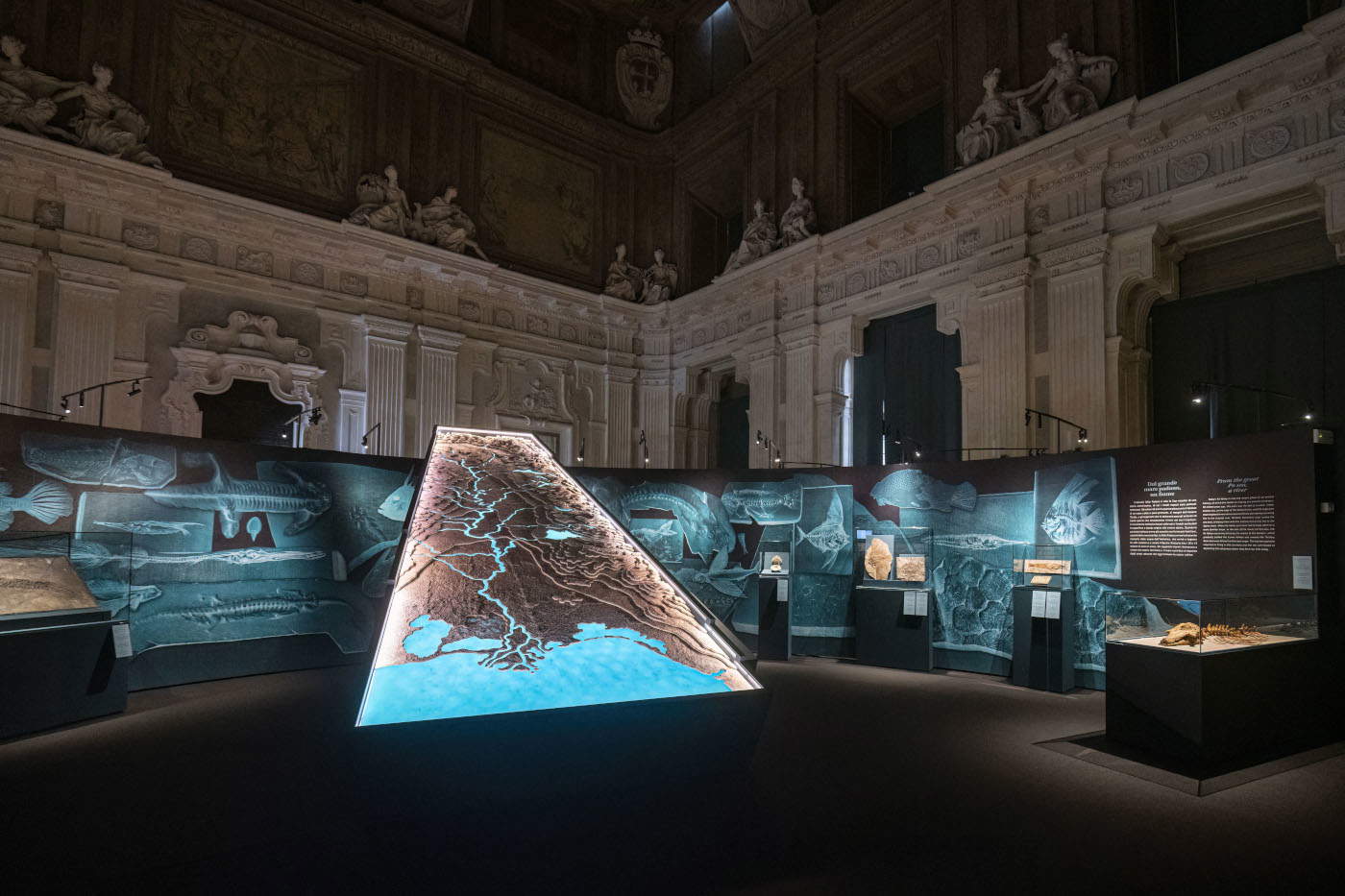
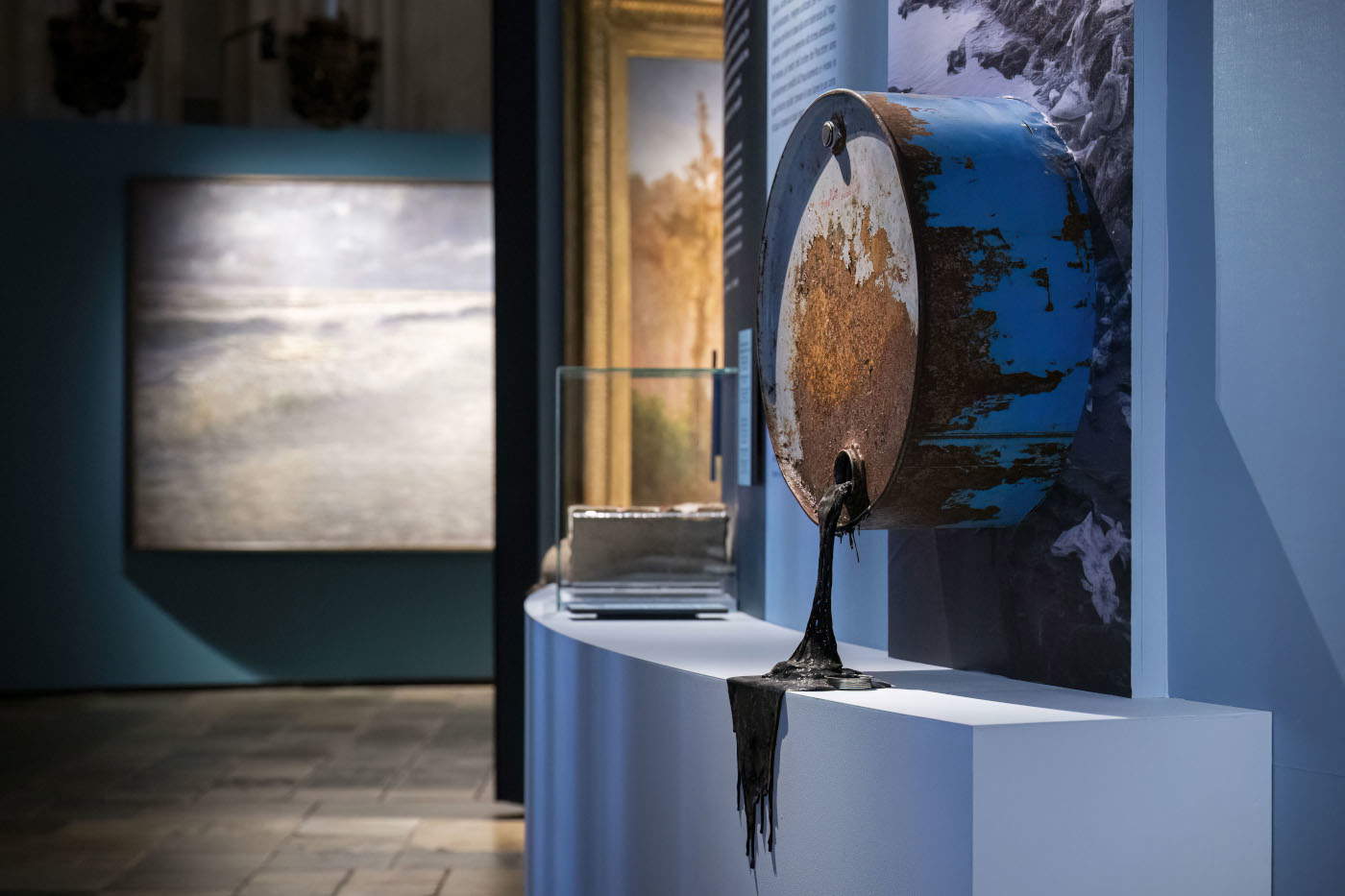
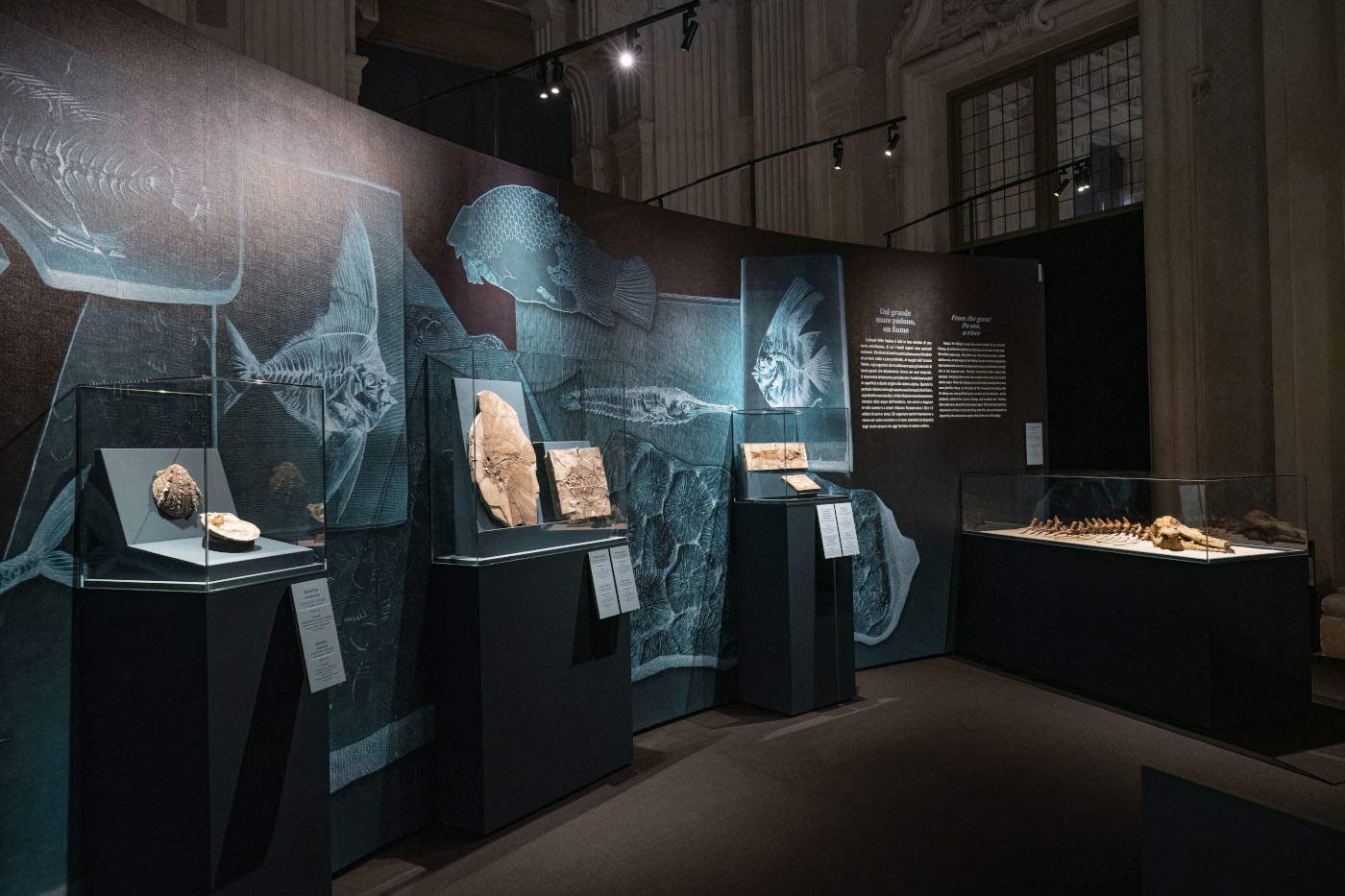
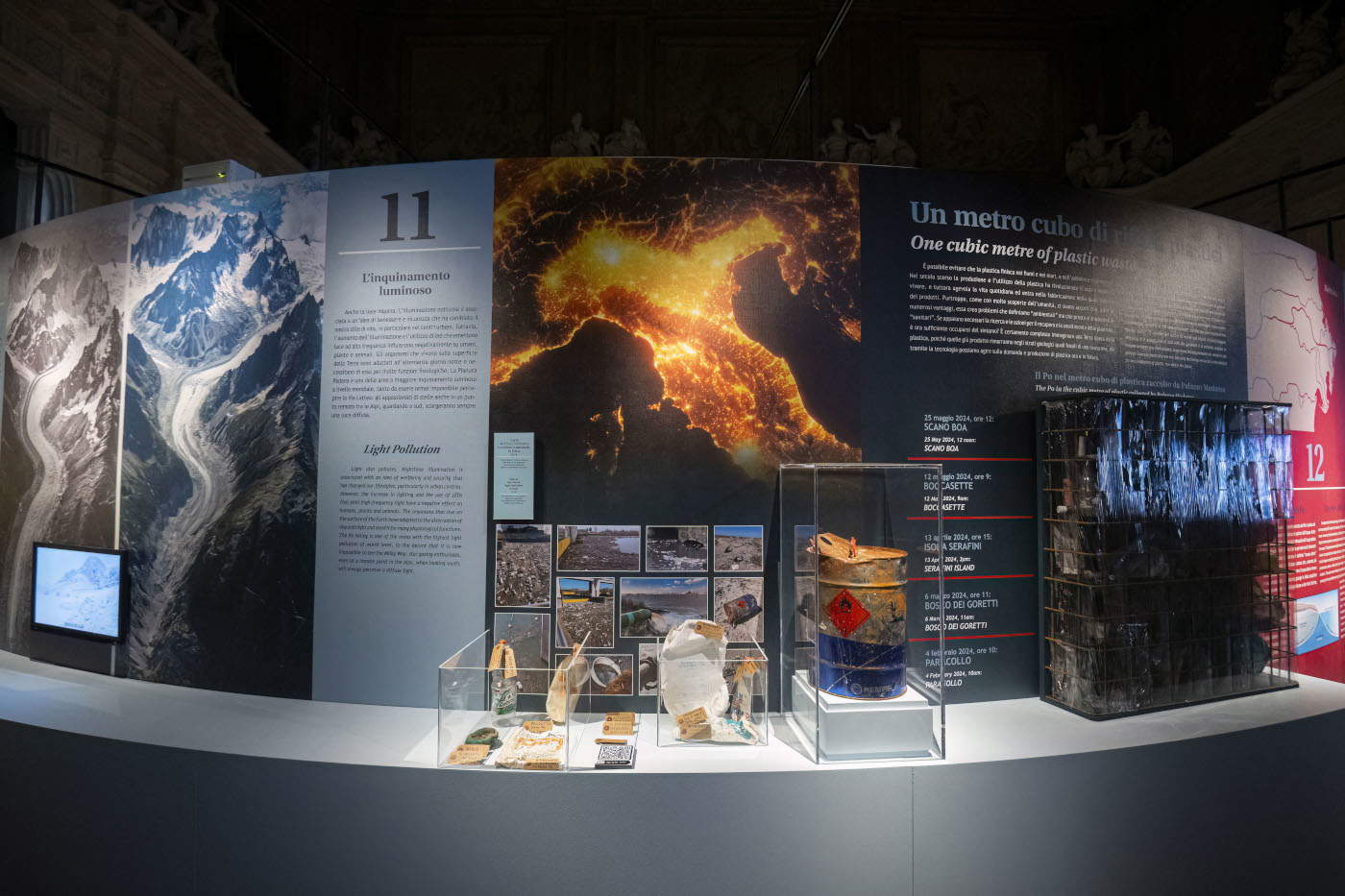
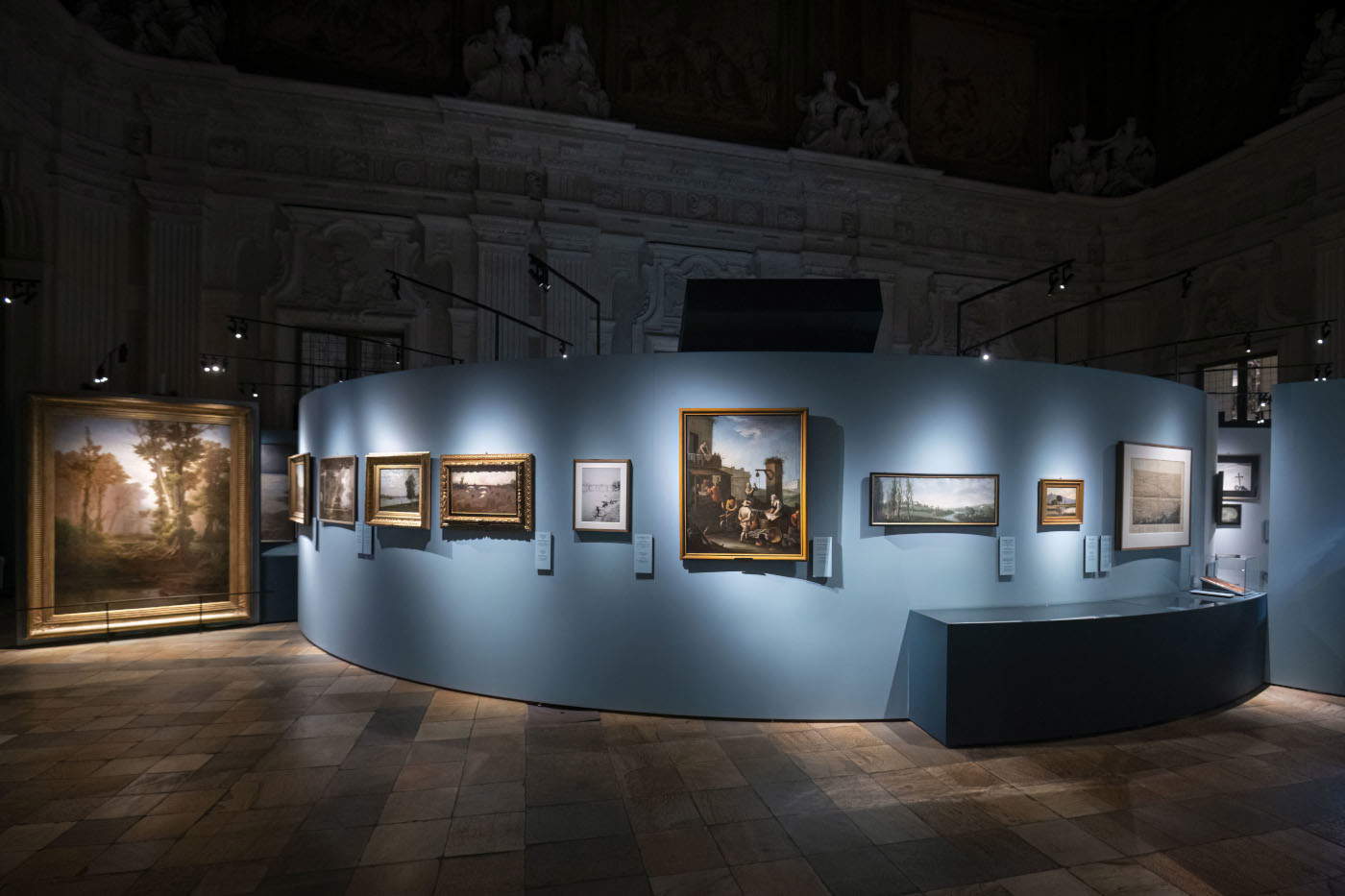
 |
| Turin, an exhibition at Palazzo Madama to reflect on climate change starting with the Po River |
Warning: the translation into English of the original Italian article was created using automatic tools. We undertake to review all articles, but we do not guarantee the total absence of inaccuracies in the translation due to the program. You can find the original by clicking on the ITA button. If you find any mistake,please contact us.




























